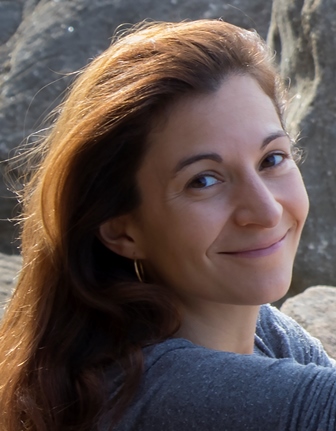Recording
The video below is a Zoom recording of the live keynote presentation. The captions are auto-generated and can be turned off in the bottom right control panel.
Abstract
All over the world, music powerfully compels people to move the body in time with the musical rhythm. Importantly, in many music and dance scenarios, individuals spontaneously coordinate periodic body movement even when the rhythm does not contain prominent periodic onsets that cue accurate movement synchronization. This behavior illustrates the ability of humans to coordinate body movement in time with acoustic rhythms with great flexibility compared to other animal species. How is that made possible? When listening to musical rhythm, humans perceive one or several levels of periodic pulses (a meter, for short). These internally represented metric pulses can then be used as a temporal reference for movement coordination. One way to investigate the neural bases of this rhythmic behavior is electroencephalography (EEG) combined with frequency-tagging. This approach has been developed over the past ten years with the input of a number of researchers, and offers a measure of how rhythmic inputs are mapped onto neural activity and body movement. I will present recent experiments conducted in healthy and brain-damaged adults, and also in infants, while exposed to rhythms as diverse as repeated rhythmic patterns or naturalistic music. Results show that neural populations respond to the rhythmic input by systematically amplifying specific subsets of frequencies, thus yielding some sort of "periodization" of the input. This neural enhancement seems to correlate with perception and individual ability to move in time with musical rhythm, and cannot be explained by acoustic features or low-level auditory subcortical processing of the rhythmic input. Based on these different results, I propose a four-level framework to exploring the neural bases of this rhythmic behavior across individuals, in evolutionary terms and over development.
Biography

Sylvie Nozaradan, MD PhD, is head of the Rhythm & Brains lab based in Brussels, and an Associate Professor at the Institute of Neuroscience of UCLouvain, Belgium since September 2018. The same year, she was awarded an ERC Starting Grant from the European Research Council to develop a research line on rhythm and the brain. Previously, she received an ARC Discovery Early Career Researcher Award from the Australian Research Council, which gave her the opportunity to start developing her research independently for three years at the MARCS Institute, Western Sydney University (Australia), with the mentorship of Pr. Peter Keller. She has a PhD degree in neuroscience from UCLouvain (supervisor: Pr. André Mouraux) and the BRAMS, Montreal, Canada (supervisor: Pr. Isabelle Peretz), where she investigated neural entrainment to musical rhythm. She has a dual background in music (Master in piano, Conservatoire Royal de Bruxelles, Belgium) and science (medical doctor, UCLouvain).